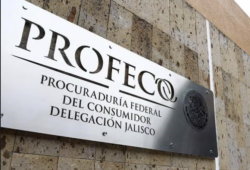With Heinz’s announcement of a new Fortnite game designed to spread knowledge and protect food sources for future generations, it’s clear that an environmental campaign has begun to take root in the metaverse.
The Fortnite game, SOS Tomatoes, goes live today
The tomato sauce company today unveiled “SOS Tomatoes,” a brand-new cross-platform multiplayer game by Fortnite. The company is targeting players between the ages of 18 and 34 with information on the state of the world’s soil health and inspire them to make a positive environmental change. SOS Tomatoes will go live today on Fortnite’s “Explore” tab and is accessed by inputting the code “1877-1435-6432.”
A powerful message conveyed in an authentic way through Fortnite Game
Although this is Heinz’s first excursion into Fortnite, it is not the company’s first gaming venture. Call of Duty: Warzone Pacific was Heinz’s prior project in 2021.
According to Cristina Kenz, chief growth and sustainability officer at Heinz, the company is focusind on consumers. That helps Heinz to connect with audiences in innovative and engaging ways. That, combined with Fortnite’s features, the brand can convey a powerful message in an honest and entertaining way.
Unless individuals take action to implement sustainable techniques like cover crops, crop rotation, and preserving soil cover, an increasing global population and climate change place soils at risk of degradation. That is a concern since 95% of the food we consume comes from soil according to The Food and Agriculture Organization.
SOS Tomatoes builds on Heinz 2020 sustainability pledge
Players will follow the tomato growth and production in Heinz’s “SOS Tomatoes,” from the greenhouses where they germinate to the fields where they blossom into full grown plants. To demonstrate how quickly soil condition is declining, they will have to run faster than the rate of “soil degradation”.
The initiative builds on the company’s pledge to improve its sustainable agricultural practices in 2020. Heinz claims that the game will help safeguard an additional 13.5 million square meters of soil.











